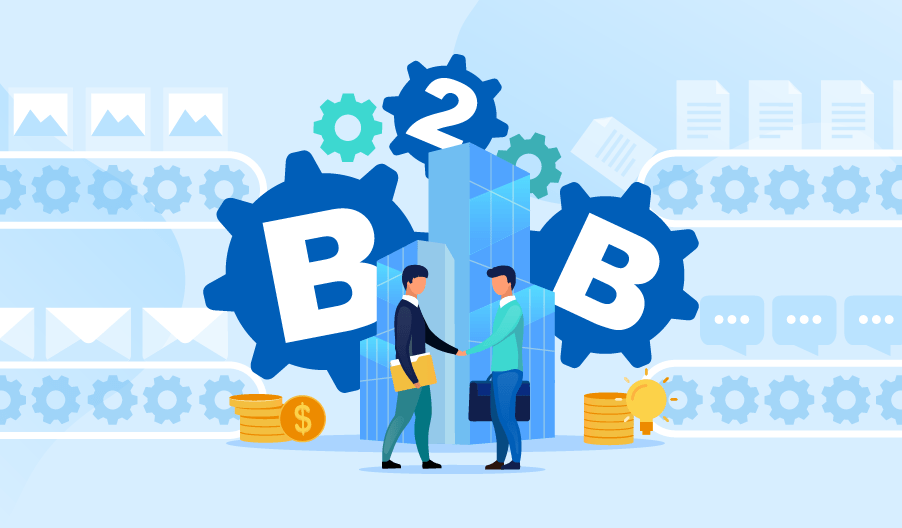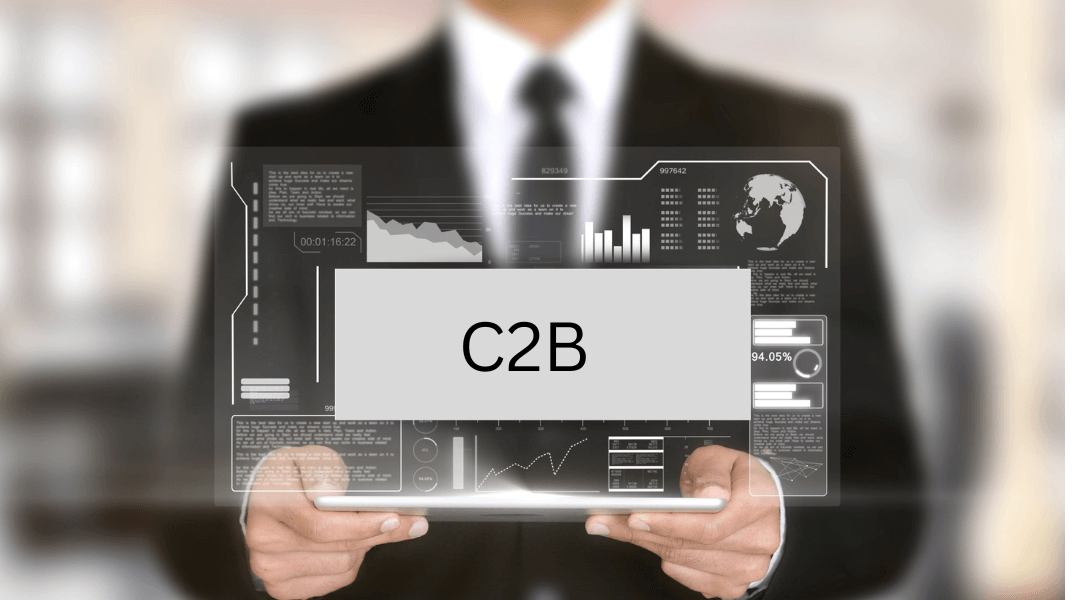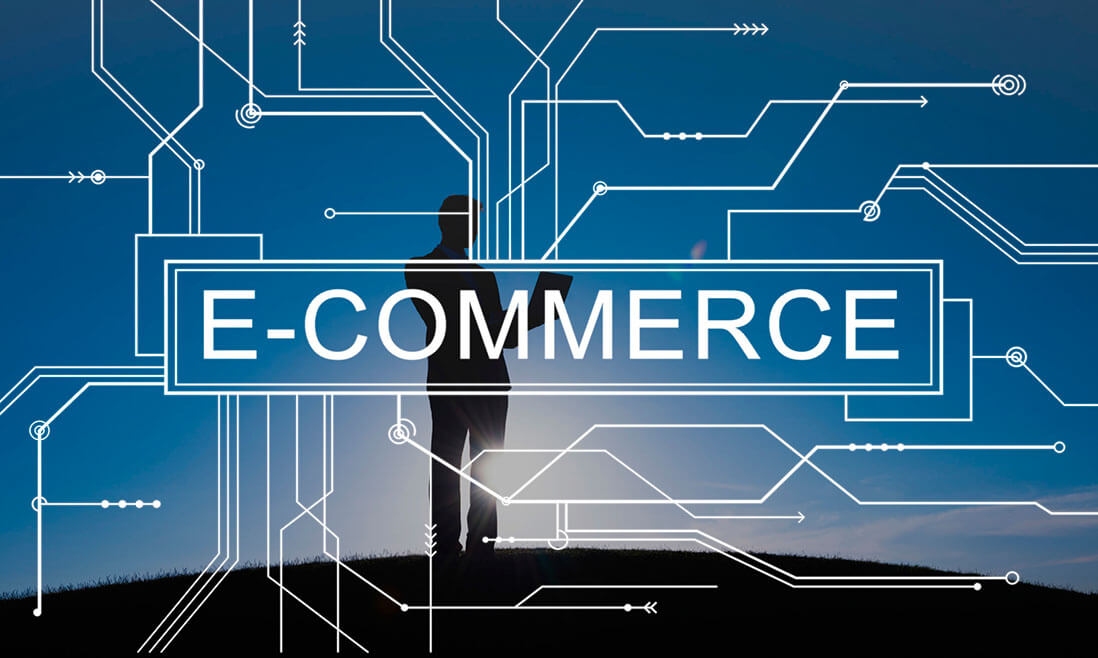In today’s digital world, when we hear “eCommerce,” most of us think of online stores and shopping websites. But eCommerce is much more than just that. What exactly is it, and how does it all work?
If you’re curious about eCommerce and want to understand it better, this article is here to help. We’ll take a close look at what eCommerce is, what it involves, and how it functions in the online world.
Whether you’re a shopper looking to understand the online marketplace or thinking about starting your own online business, this article will provide you with the information you need
Contents
Definition of eCommerce
eCommerce refers to electronic methods connected to the Internet, mobile telecommunications networks, or other open networks to perform the entire process of commercial operations.
eCommerce, in its broadest definition, refers to any commercial activity carried out via electronic methods. Today, many people understand eCommerce in a narrower, more straightforward meaning, i.e., buying and selling products and services using electronic means via the Internet.
In addition to conventional activities (such as health care and education), eCommerce also includes trading in services (such as legal and financial services) as well as goods (household goods, clothing, etc.).
In summary, eCommerce is evolving into a revolution that can radically alter the way people purchase in the future.

History of eCommerce
The term eCommerce was first coined in the early 1990s when it was used to describe the sale of books over the Internet. The first online bookstore, Amazon.com, opened for business in July 1995. In the late 1990s, eCommerce began to be used to refer to any business transaction conducted over the Internet.
The growth of eCommerce has been fueled by the increasing popularity of the Internet and by improvements in technology that make it possible to conduct business transactions over the Internet quickly and securely.
In contemporary days, eCommerce companies enable consumers to buy products and services from almost any supplier in the world, at any time of day or night, using a computer or cell phone connected to the Internet.
They also make it possible for companies to sell their products and services directly to consumers without paying commissions or other fees to middlemen such as department stores or travel agencies.
Popular Business Models For eCommerce
To fully grasp what an eCommerce firm is, we should first comprehend its models. The four most common eCommerce models on the market today are B2C (business to consumer), B2B (business to business), C2C (consumer to consumer), and C2B (consumer to business).
Business-to-Business (B2B)
Business-to-business eCommerce occurs when a firm purchases goods or services from another company through the Internet. This also includes firms that provide financial services and business software such as customer relationship management (CRM).

Because of the massive inventory of sophisticated items, B2B online sales tend to be more difficult than other types of eCommerce. Business-to-business sales generally concentrate on raw materials or packaged or mixed products before being sold to clients.
Business-to-Consumer (B2C)
Unlike the B2B model, where transactions and purchases are made between businesses or wholesalers, the B2C model is a typical retail model that a company sells to consumers through eCommerce websites or other transaction channels.
This is the most well-known model, and it also has the biggest market share in eCommerce. Many firms with significant offline sales have implemented eCommerce systems throughout the world, including famous fashion brands such as Adidas, H&M, Zara, and other products such as electrical appliances, home appliances, bedding, pillows, etc.
Consumer-to-Consumer (C2C)
Users sell items to one other on C2C sites, which function as exchange, buy, and auction sites on the Internet. These websites and applications, born out of the expansion of the eCommerce sector and growing consumer trust in the online sales paradigm, allow users to transact in return for a monetary amount.
These might be goods they produce themselves, such as crafts, or items they possess and wish to sell secondhand. The website received a tiny commission. The creation of a C2C website needs considerable consideration.
Consumer-to-Business (C2B)
C2B commerce occurs when customers generate value for businesses. There are several ways to create value. C2B can be as essential as a client posting a favorable review for a company or a photography website buying photos from freelance photographers.
Furthermore, C2B refers to firms that acquire used items from regular internet users.

Well-known eCommerce Revenue Models
Making decisions on how to generate revenue is as crucial as choosing business models. Owing to the distinctive features of eCommerce, enterprises have a limited range of options on how they want to process orders, carry inventory, and ship products.
Dropshipping
Dropshipping enables businesses to sell products without actually holding the inventory. The eCommerce company relies on a third party to ship the product directly to customers when an order is placed.
Revenue is generated by charging a commission paid by the third party that ships out the goods when an order is placed. As a result, dropshipping can be a great way for a business to get started with very little upfront cost.
White Labeling
White Labeling is the practice of selling someone else’s product as if it were your own. The merchant buys the product from a manufacturer, puts its own label on the product, then sells the product to customers. This is a great way for a business to get started with little upfront cost but can be more difficult to scale than dropshipping.
Subscription-based Model
This is one of the most common models used by eCommerce businesses today, especially those that sell digital products such as software or media content.
Customers have to pay month after month whether they continue using the service or not. Thus, customer retention must be high for this to work effectively. The subscription-based model is scalable because more customers can be added at any time without increasing costs.
Wholesale

Wholesale is a model in which the merchant buys products from a manufacturer or distributor and then resells those products to other businesses. This model is not scalable because the merchant’s overhead increases as more products are sold.
Hybrid Models
This model is a combination of two or more of the above models. For example, a business might offer a free trial period for its service and then switch to a subscription-based model if customers choose to continue using it.
A business can also use multiple models for different aspects of its business. For example, a retailer might sell some products directly from its website while also selling others through an online marketplace such as Amazon.com or eBay.com.
eCommerce Builders and Marketplaces
A marketplace is a platform that brings together buyers and sellers, usually to sell goods or services. In an eCommerce marketplace, sellers pay a fee to list their products for sale. The most common type of eCommerce marketplace is an online auction site.
A business may choose to use an eCommerce marketplace because it allows them to focus on selling their products rather than on the technical details of running an online store. The following are examples of some of the largest eCommerce marketplaces:
- Amazon
- Overstock
- Newegg
- Rakuten
- Walmart Marketplace
- Wayfair
- Alibaba
- Chewy
- eBay
- Etsy
eCommerce builder is a term used to describe services that allow businesses to create their own online stores. The following are some of the most famous eCommerce builders:
- Magento
- Shopify
- Squarespace
- BigCommerce
- WooCommerce
- Salesforce Commerce Cloud (B2B and B2C options)
- Oracle NetSuite Commerce
- Ecwid
eCommerce builders and marketplaces are often used together. For example, a business may choose to use an eCommerce builder for their store and then list their products on an eCommerce marketplace. This allows them to take advantage of the ease of use provided by the builder while also reaching a larger audience through the marketplace.
Benefits of eCommerce
Because of the advantages that eCommerce provides to businesses, we can conclude that it is increasing and developing. Before establishing and expanding this business approach, entrepreneurs must first comprehend and utilize its main benefits.

1. Benefits of eCommerce for businesses
Overcome Geographic Limitations
Overcoming geo-restrictions is one of the most prominent benefits of eCommerce. If a company has a physical location, the geographic region it can service may limit its client base.
With the creation of an eCommerce website, the lack of agents will no longer be an impediment; consumers from all over the world will be able to learn about and complete transactions on your website.
Furthermore, the introduction of eCommerce provides freedom for both customers and company owners since it only requires a mobile device or a computer to administer and shop.
Expand Consumer Base With The Help Of Search Engines
The conventional commercial strategy relies mainly on the brand’s popularity and connections to drive the business model through physical storefronts. Meanwhile, eCommerce will enable search engine traffic characteristics to be controlled.
The most apparent tendency is to use Google to find an item they’re interested in and then go to an eCommerce site that sells that product, which they’ve probably never heard of before. The client base will not be limited to a specific geographic area and can grow to other potential markets.

Affordable Investment Costs
The lower investment costs are another significant advantage of eCommerce. The following are some of the other expenses that eCommerce may save for businesses:
- Advertising and marketing: Management of search engine traffic, pay-per-click advertising, and putting ads on social networking sites are some of the cost-effective strategies.
- Premises, real estate: Rather than acquiring or renting huge valuable plots of land to establish a store in a specific location, firms will need to invest in a server infrastructure to store eCommerce system information at a much lower cost.
- Human resources: Employers can save money on labor costs by automating work processes such as payment via online portals, inventory management, bills of lading (BOLs), etc. And small online shops can manage most of the tasks themselves.
Easily Keep In Touch With Customers
eCommerce systems allow businesses to collect contact information in emails, making it easy to send automatic and personalized emails to their customers and clients.

Online businesses may let consumers know about a discount, advertise a new product, or check in with a customer for a personal touch with much less effort. Other online technologies such as cookies help customize stores and analyze consumer behavior for better service in the future.
Be Flexible In Scaling
A physical store’s growth necessitates a rethink of how to accommodate more consumers in the same area. A more considerable amount of staff is required, as so is the construction of additional booths.
It’s far easier to extend and grow with an eCommerce website, though, as it’s more flexible. The website can still be maintained during system updates, but businesses will need to collaborate with a technical team (which can be outsourced or in-house).
Allow Ordering 24/24
Because eCommerce sites can operate around the clock, business hours are now 24/7/365. From the merchant’s perspective, this helps in increasing sales for them. An “always open” store is much more convenient from the customer’s perspective.

Other Advantages Include
- Increase the business’s prestige and image.
- Improve customer service quality.
- Expand new business partnerships.
- Simplify and standardize transaction processes.
- Increase productivity, and reduce paper costs.
- Improve information access and reduce transportation costs.
- Increase transaction and business activity flexibility.
2. Benefits For Consumers
Additional Product And Service Options
Due to the increased number of providers available through eCommerce, buyers now have more options. With a quick search on Google, customers have a list of providers who sell their desired item, with many choices of prices, materials, sizes, colors, etc. From there, you have complete freedom to pick where you want to buy based on your criteria.
Pushing The Boundaries Of Space And Time
Customers may shop from stores all around the world from wherever they are and at any time. Consumers may order goods from a retailer hundreds of kilometers away with just one click. And customers can place orders at any time, day or night, on the online store.

Reasonable Pricing
Customers can compare prices more easily from different providers and find the best price since information is more accessible, uncomplicated, and classified by different prices, from low to high.
Reference From The Community Of Shoppers On The eCommerce Platform
Everyone participating in the eCommerce business environment may interact and exchange knowledge and experiences quickly and effectively. Customers may refer to the reviews for a product to determine whether it is what they want, making it easier to decide.
Downsides of eCommerce
Besides numerous advantages, eCommerce sites also have certain drawbacks for both businesses and users.
1. Disadvantages of eCommerce for businesses
The Loss Of Control Over Brand Image
The Internet allows users to get information from all over the world, thus, providing them with an opportunity to compare prices, product features, delivery options, etc. Therefore, companies that choose to sell their products online need to be aware that they are losing some control over their brand image.
Brand image can also suffer if an eCommerce site is hit with a data breach, or subject to fraudulent activities by cybercriminals. As such operators in this space need to take action to shore up security measures and prevent account takeover fraud, or else brand credibility will be eroded instantly.
The Cost of Maintenance

The second disadvantage for businesses is the high cost of eCommerce implementation compared to traditional methods such as brick-and-mortar stores or catalogs. Besides initial costs such as purchasing hardware and software, there are also ongoing costs of maintaining an eCommerce site (e.g., web hosting fees) which can be significant.
2. Disadvantages of eCommerce for users
From the users’ angle, another drawback of online stores is the lack of customer service in case something goes wrong with an order or delivery. Most eCommerce sites do not offer telephone support or even email support for questions about orders placed on their site.
However, this problem can be easily solved by contacting customer service via phone or email before placing an order on an unfamiliar site in order to make sure it offers adequate customer service after sales are made.
Example of eCommerce
eBay is an enormous global online retailer with a long history. It has refined its product knowledge and experience to serve millions of users and hundreds of millions of sellers.
eBay’s success relies on a robust technical solution to a complicated problem: how to match buyers and sellers for tens of millions of individual items. eBay uses a massive set of data analytics, algorithms, and software to provide this service.

The company uses data-mining techniques to find matches for interested buyers and sellers. Once these pairs have been matched, eBay then provides tools for the two parties involved in the transaction to communicate with one another and complete the exchange.
The other part of this system is eBay’s marketplace where transactions take place. Transactions are made by purchasing an item from one party with a credit card or PayPal account, then receiving it from another party who sends it through the mail or some other delivery service (such as UPS).
eBay has used Apache Hadoop as its NoSQL database since 2005 and continues to do so as its needs grow.

